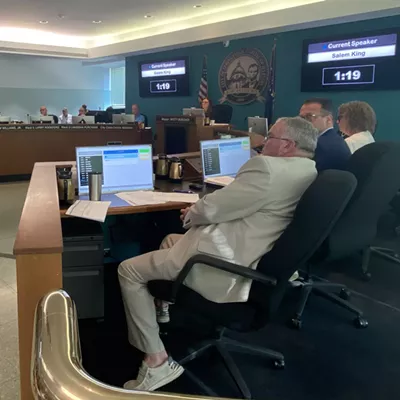By Bob Barber
I often hear, “How do I network now that people may or may not be comfortable gathering and meeting?” Frankly, I believe many people have become lazy about generating introductions to new prospects. Yes, that may be harsh, but it is time to be honest about your past networking efforts and improve them. All too often, salespeople go to networking events without a thought about who they need to engage. Most people’s default is to engage with their friends and acquaintances. Those may be nice or even important conversations, but they can easily become “not working” rather than “networking.” As events begin to return, start fresh now by networking with a strategy, plan, knowledge of the ideal client persona and actionable steps.Strategy Determine if your goals are to reacquire past clients, add new clients, expand existing customers or protect your best clients. Be sure to evaluate if that is the best strategy. Many companies are having staffing and supply chain issues and can barely handle existing accounts. If you are in this scenario, adding new accounts may not be your best objective. A better objective may be strengthening your existing relationships enough to soften the impact of service issues by introducing them to valuable resources you do not provide.
Plan One plan to follow is to look at which of your best accounts are approaching the average tenure of your account base. That is a good time to make sure you are on solid ground. As you conduct your “Chief Executive Semi-Annual Review” with them, follow the RECON process. Review what you have been delivering. Evaluate how you are performing. Clarify what needs to be changed. Discuss what opportunities there are for you to introduce them to your network as well as future business and introductions for you to their network. Schedule the next step.
Ideal client Your next step is to incorporate your ideal client into a 30-second commercial that paints a picture of the problems you fix and the improvements you provide, with several specific prospects as examples. You cannot get frustrated that networking partners offer lackluster introductions if you do not give them crystal-clear definitions of your ideal clients. Make it easy for them to picture a potential introduction.
Use Pareto’s 80/20 principle to help you identify your ideal client. What are the characteristics of the top 20% of your client base? Are they privately held? Is leadership engaged with you? What are they doing before you engage with them? Do they value your level of service? Who is the best point of contact? What is the employee count and annual revenue range? How long have they been in business? Where are the decisions made? How fast do they pay? What do they offer their customers?
Similar questions apply to business-to-consumer sales also. Where do they live? What is the household income? What is their education level? Which member is most involved with your product? What is the problem your service or product fixes? I have clients who have identified their client base down to a few city blocks, not just ZIP codes.
Once you have your ideal client persona dialed in, it is easier for partners to make better introductions and improve your results. Use an A, B or C ranking for these three categories to evaluate them. First, do they value what you do and want to see you succeed? Simply ask yourself, do they benefit when you succeed? It does not matter how they may benefit. Maybe they will just feel good about helping you or the referred person. Second, does their network align with your ideal client base? LinkedIn is an easy place to start this process, or you can just ask and observe. Third, are they skilled and comfortable making introductions? This is a two-part question. Some people may know how to make an introduction, but just are not comfortable with the situation. Others find it easy to do, but their technique leaves something to be desired. Lastly, consider how you can bring them value as well.
Take action Who gave you introductions in the past that you haven’t spoken to since last year? Schedule a time with them to review contacts and coordinate introductions for each other. Who would not appreciate that?
You could also contact a group of your like-minded networkers to convene live or virtually. Start with a small group of four people to keep the meeting focused. Have your agenda and ask them to have a list of contacts ready.
Networking with a strategy, plan and behavior-approach focused on your ideal client profile will be an effective way to make the balance of 2021 more profitable. Soon you will be back in true networking form. Have more fun and make more money. Happy selling!
Bob Barber is a Springfield resident who has invested 21 years in executive coaching, training and developing businesspeople through Sandler Training. He helps clients, ranging from entrepreneurs to multinational organizations, to install better systems.










